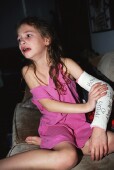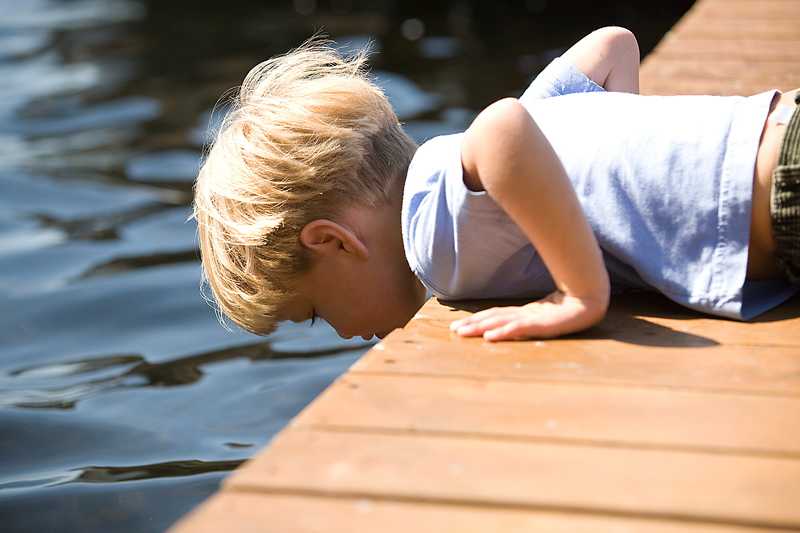
FRIDAY, Jan. 10, 2014 (HealthDay News) — Certain types of fractures may indicate lower bone strength in children, a new study suggests.
For the study, published online Jan. 7 in the Journal of Bone and Mineral Research, researchers compared bone strength in 115 boys and girls, aged 8 to 15, who suffered forearm fractures and 108 children without fractures.
Using sophisticated CT scans to assess bone quality, the investigators found that children with a forearm fracture due to mild trauma (such as a fall from standing height) had weaker bones than other children. The researchers added that this decreased bone strength may put these children at increased risk for fractures from weakened bone later in life.
“Our study highlights the need for clinicians to consider the level of trauma preceding the injury, when treating children and adolescents who present with fracture,” lead author Joshua Farr, a research fellow at Mayo Clinic in Rochester, Minn., said in a Mayo news release.
“Fractures from moderate trauma appear more likely to occur in the setting of normal bone strength. But fractures resulting from mild trauma suggest an underlying skeletal deficit,” he explained. Moderate trauma would include a fall from a relatively low height, such as from a bicycle.
“We can’t say with certainty that these skeletal deficits will track into adulthood. They may be transient,” Farr added. “But we think that trauma classification is a clinical variable that could be used to more closely monitor kids who are suffering mild-trauma fractures. Intervention in terms of diet and physical activity might be used to optimize bone strength.”
Broken bones are common in children and affect about one in three healthy youngsters. Forearm fractures are the most common and occur most often during the growth spurt that children typically have in early adolescence.
More information
The U.S. National Institute of Arthritis and Musculoskeletal and Skin Diseases has more about children’s bones.
Copyright © 2025 HealthDay. All rights reserved.

